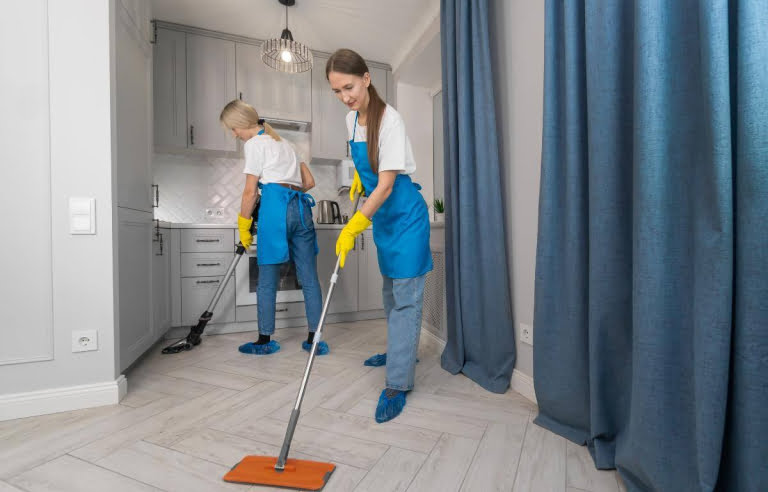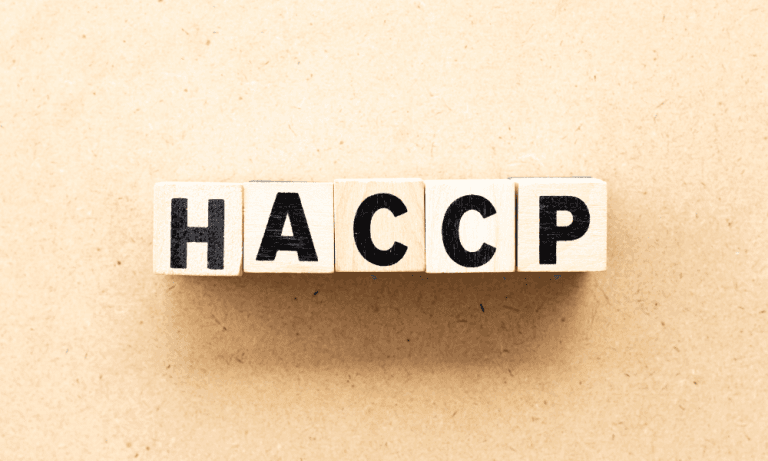Floor tiles are one of the most popular materials used for interior finishing. Their use provides us with exceptional beauty, but also very high durability. A wide range of styles, colors and finishes allows us to choose something for ourselves without any problems.
Ceramic tiles are cladding elements of various formats. They are obtained from processed or unprocessed natural raw materials, which are fired in furnaces at high temperatures. Their main characteristics are hardness, mechanical strength and resistance to light, water, chemicals and high temperatures. Ceramic tiles can be divided into two main categories: glazed and unglazed. Both groups have very similar properties, the main difference between them is the glazing process to which the glazed tiles are subjected. It involves coating the tile, before placing it in the oven, with a special coating that gives it texture and color.
Types of ceramic tiles
Due to the production technology, ceramic tiles can be divided into: monoporose , monocotture , stoneware , clinker and multi-fired tiles .
Monoporosis and monocottura
Monoporosis and monocottura are non-frost-resistant tiles, produced using single-firing technology. The main difference between them is water absorption. For monoporosis it is more than 10%, while for monocottura it is from 3-6%. This difference affects the application. Tiles of the first type, due to their relatively high water absorption, are used as wall tiles that do not have long contact with water. Monocottura tiles are floor tiles for which lower water absorption is a priority.
Stoneware
The next group are stoneware tiles with water absorption of less than 0.5%, which is why they can be used as wall and floor tiles. This group includes glazed and unglazed stoneware. Both groups are characterized by very high bending strength and frost resistance. The main difference between them is the special surface decoration with glaze, which is – as the name suggests – glazed stoneware.
Clinker
Clinker are unglazed tiles with low water absorption, frost-resistant, high bending strength. Thanks to its properties, it is used primarily on surfaces exposed to changing weather conditions, e.g. gazebos, grill casings or exterior house finishes. We can also find tiles fired multiple times, under this name there are decorations such as strips, shapes or inserts. Produced using multiple firing technology to apply the ingredients responsible for decorations (mirrors, metallizers, precious metals).
How to clean ceramic tiles?
To clean ceramic tiles, it is recommended to use professional products with high wetting properties, which helps in cleaning and caring for such surfaces. Such products should additionally contain ingredients responsible for drying faster, leaving no streaks or restoring the natural color. All the above properties make the cleaning process easier, but also make the floor stay clean longer and subsequent cleaning becomes easier. We can recommend products that meet all the above parameters: Clinex Glazur and Clinex Nano Protect Floral .
The first of them – Clinex Glazur – is a concentrated product for washing and care. It contains a specialized polymer that accelerates the drying effect of the surface, restores the natural color and prevents streaks. Regular use and the content of antistatic ingredients improve the process of ongoing care and at the same time facilitate repeated washing.
Clinex Nano Protect Floral additionally contains silicon nanoparticles that modify the cleaned surface, protecting it against re-deposition of dirt.
Summary
Ceramic tiles, next to floor panels, are the basic type of cladding used in homes and public buildings. If you want to keep such surfaces clean, remember to use professional cleaning products. They will make the cleaning process easier, and regular use will extend the life of the floor.






